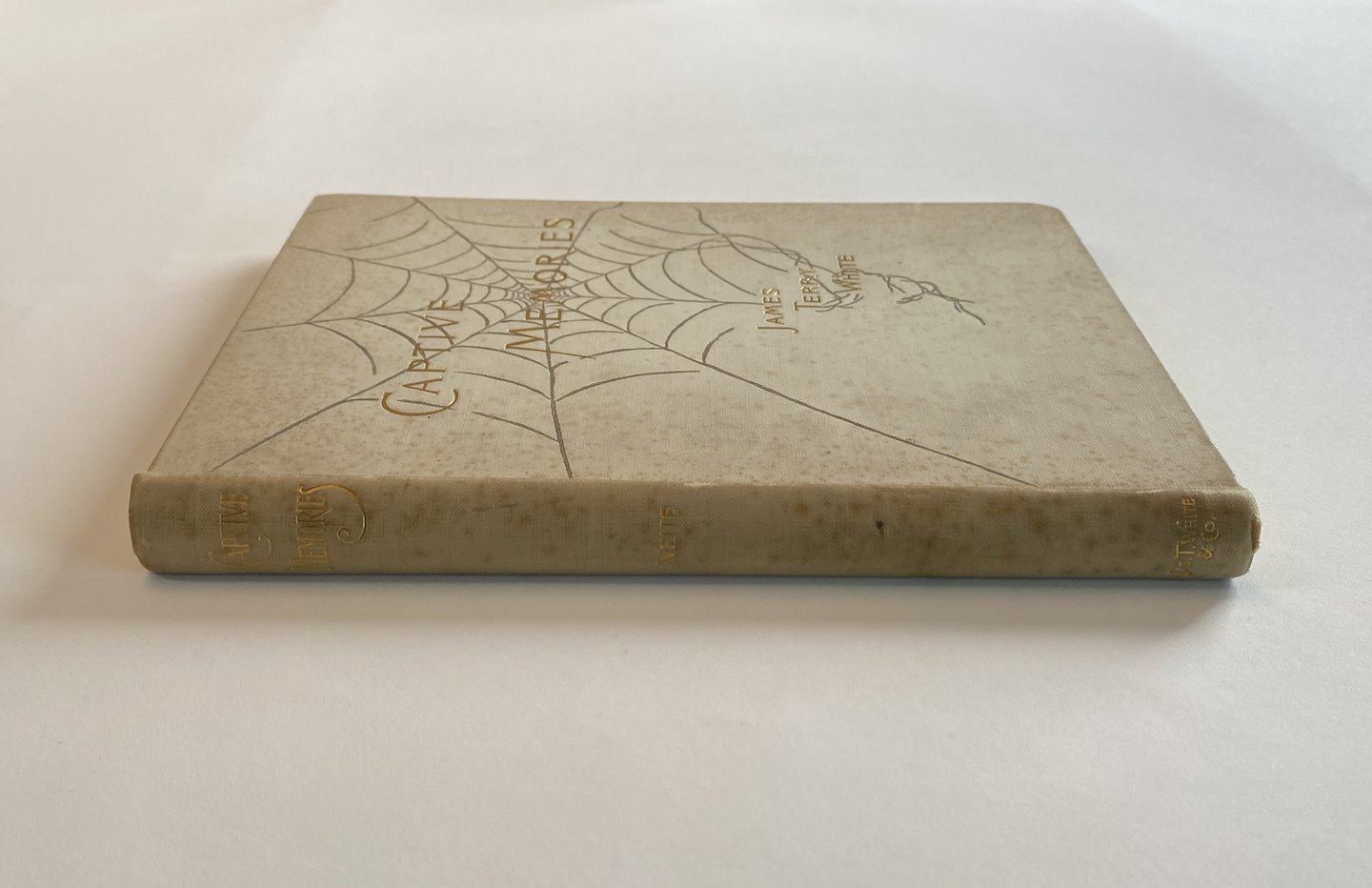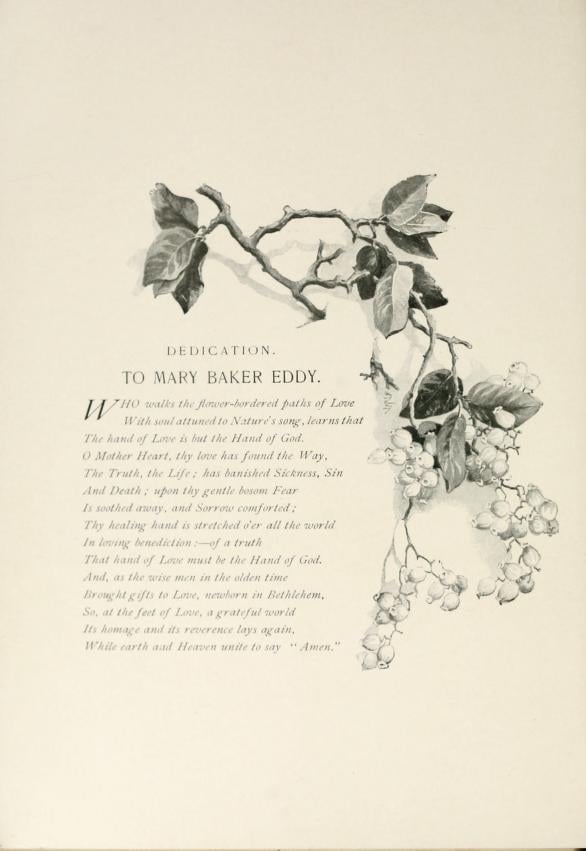In her June 1898 message to The Mother Church, Mary Baker Eddy evocatively described that time of year, noting that “… the frown and smile of April, the laugh of May, have fled; and the roseate blush of joyous June is here and ours.” 1
Today, as the grounds of Longyear Museum and Mrs. Eddy’s Chestnut Hill home are bursting with blossoms (see photo gallery below), we thought you might appreciate Mrs. Eddy’s own delight in a New England June, which she playfully expressed in a poetry “exchange” with a contemporary, whose book of poetry can be seen in her restored study at 400 Beacon Street today.
James Terry White was a published poet and a publisher himself (of The National Cyclopaedia of American Biography, which featured Mrs. Eddy in its third edition in 1894). During the 1890s, Mr. White was regularly in communication with Mrs. Eddy, often sharing with her poems and verses, some of which made their way into The Christian Science Journal.

In a July 1894 letter from New York City, Mr. White noted that “I have just returned from the country”—having had an opportunity to “turn to Nature and … indulge imagination and good will.” Apparently inspired by his time away, on a separate sheet of paper, he appended a “Rondelet” for Mrs. Eddy:3
The flowers of June
The gates of memory unbar:
The flowers of June
Such old-time harmonies retune,
I fain would keep the gates ajar, —
So full of sweet enchantment are
The flowers of June.4
In response, Mrs. Eddy penned a few short verses “To Mr. James T. White,” expanding on the theme and what this beautiful month signified to her:

Who loves not June
Is out of tune
With love and God;
The rose his rival reigns,
The stars reject his pains,
His home the clod!
And yet I trow,
When sweet rondeau
Doth play a part,
The curtain drops on June;
Veiled is the modest moon —
Hushed is the heart.5
Both poems were published a month later in The Christian Science Journal of August 1894, and later reprinted in Miscellaneous Writings 1883–1896 as well as in Mrs. Eddy’s collection Poems, published in 1910.
The copy of Mr. White’s 1897 collection, Captive Memories, in Mrs. Eddy’s study at Chestnut Hill includes two poems that reference her: “Mary Baker Eddy: A Thought Portrait” and a “Dedication to Mary Baker Eddy” (pictured at right). The latter was also published in The Christian Science Journal of September 1897, under the title “To the Mother Heart.”
= = =
If you enjoyed this article, learn more about Mrs. Eddy’s connections with White and other poets of her day, including John Greenleaf Whittier, Lucy Larcom, and Edward Augustus Jenks.








